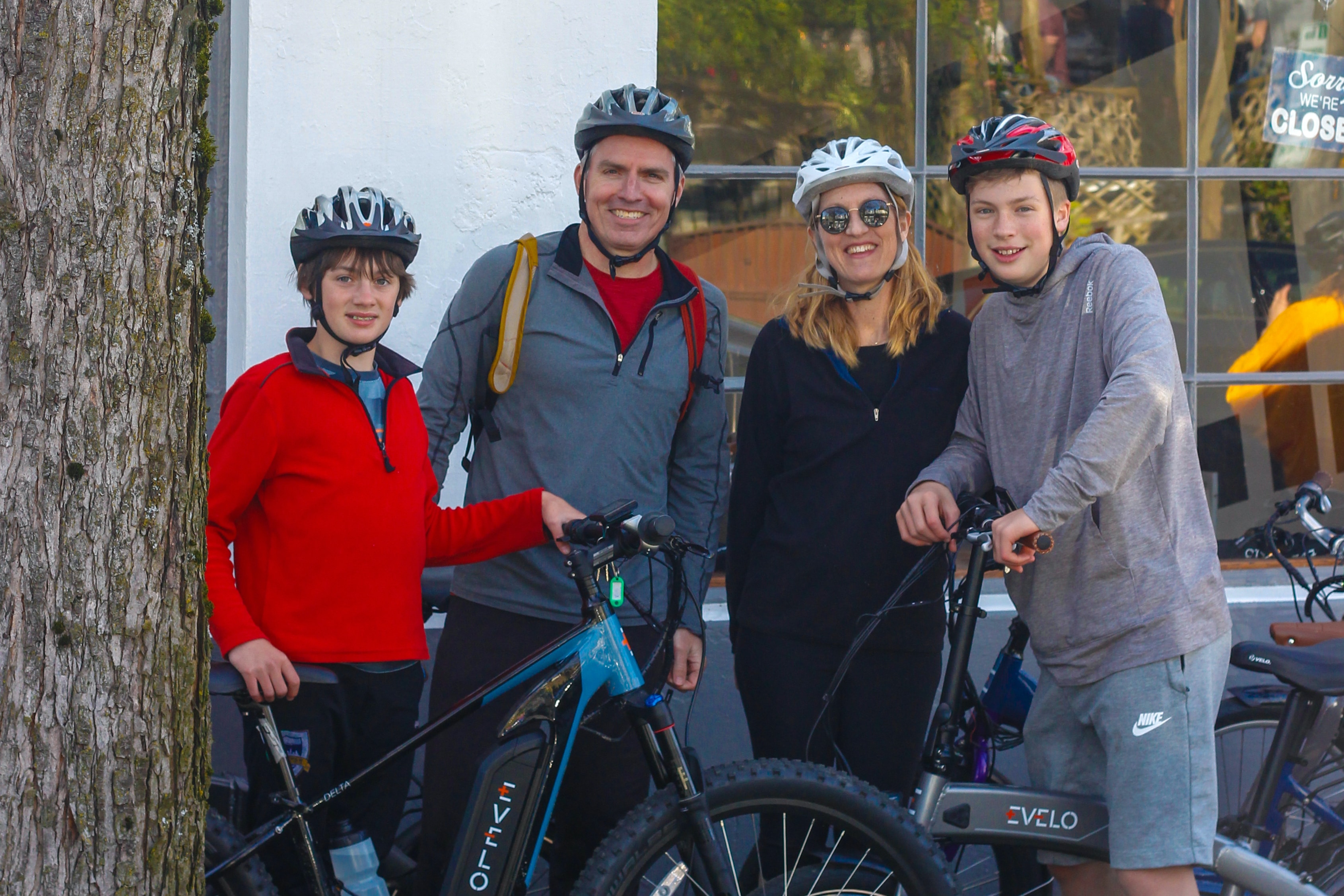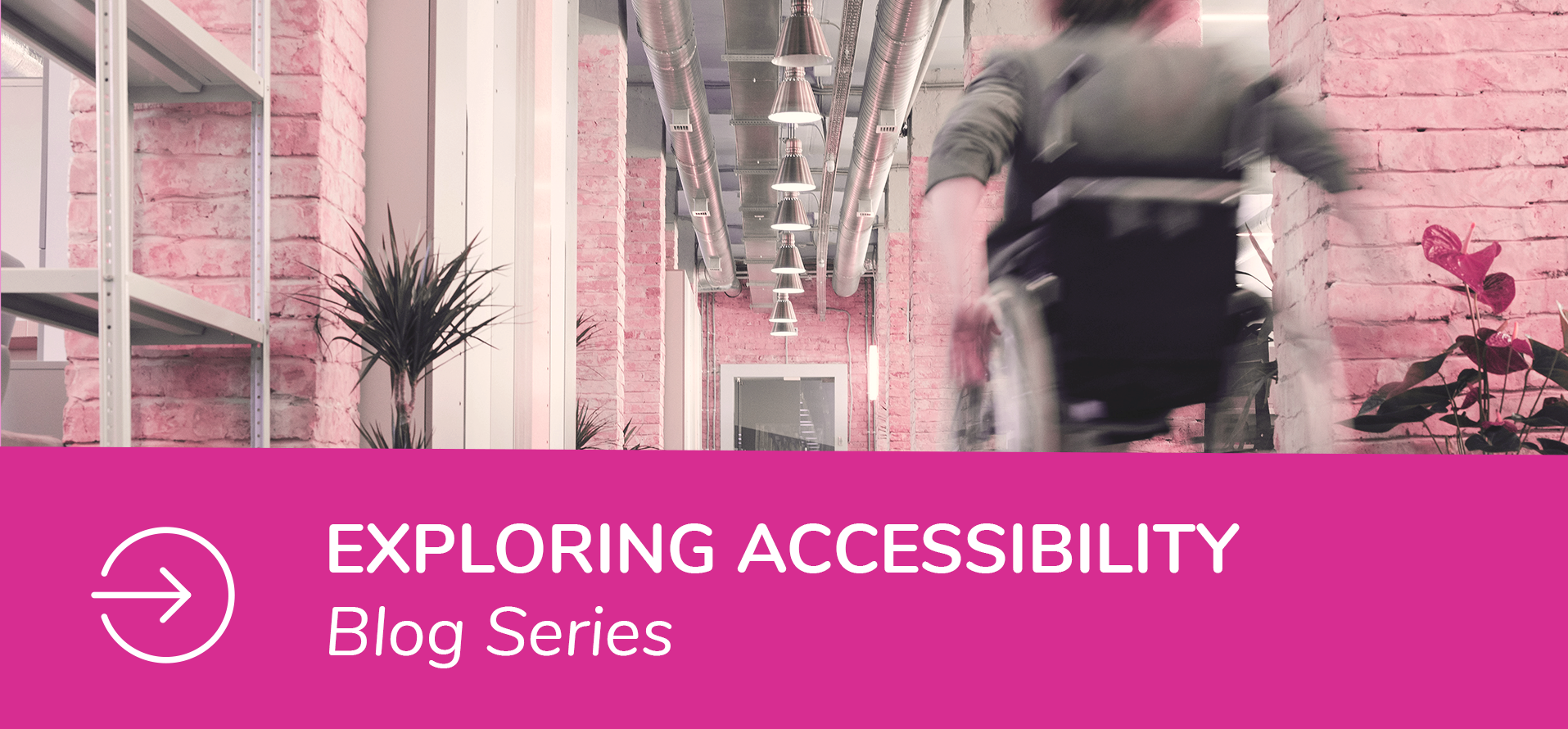Written by Khushpal Brar, Program Manager at pointA
Most of us can identify an aspect of our lifestyle that we want to change. Perhaps we want to work out more consistently, quit smoking or increase our daily step count. However, it can be difficult to take that first step or maintain new habits.
Luckily, behaviour is not set in stone, but rather a process where we can support each other in making changes. In fact, having support and guidance can be crucial in taking the first steps towards changing our behaviour.
If you are a sustainability professional, you may have the daunting challenge of inspiring and supporting lifestyle changes, such as changing the way your staff commute to work. Incorporating behaviour change science into the process can ensure beneficial changes are maintained long term.
As transportation demand management professionals, we recognize that the choices people make about how they commute involve complicated habits and perceptions. Often, these habits and perceptions are contradictory to someone’s overall goals and needs. For instance, someone may consider transit unappealing due to the distance of the local bus stop from their home but the same person could be conscious of getting the recommended 10,000 steps a day. Walking to the bus stop could become appealing if we consciously align our habits with our goals.
In order to help shift someone’s commute habits from driving alone to more sustainable forms of transportation, our role is to help expose the gap between a commuter’s current habits and their overarching health/environmental/personal goals. In other words, you are not going to convince someone to change how they commute by telling them why they should do so. The decision must come from the commuter themselves.
The biggest mistake people make when trying to change someone else’s behaviour is listing their own reasons for change. While this approach can be driven by a desire to inspire or educate others in making changes, it often leaves others feeling judged for their current habits and it prevents you from connecting with the complex emotions behind their habits. An effective way of supporting others in this process is motivational interviewing (MI).
MI was developed as a counselling method for helping those facing addictions. With MI, the person who is advocating for change is viewed as a facilitator rather than an expert and they adopt a nonconfrontational approach to guide others toward change. MI focuses on helping others come to their own solution or reason to change. As TDM practitioners, our role is to actively listen to guide others towards their own motivations for choosing alternatives to SOV use.
There are two main phases in the application of MI; the first is building motivation to change and secondly, strengthening commitment to change. To encourage ‘change talk’, the MI process involves a series of targeted questions that encourage discussion around the disadvantages of the status quo, advantages of change, optimism for acting and intention to maintain. The goal is to identify discrepancies between a commuter’s current situation and where they would like to be. Highlighting this discrepancy is at the core of motivating people to change.
The spirit of motivational interviewing can be captured in the acronym RULE (Resist, Understand, Listen, Empower).
Motivational interviewing in practice requires us to suppress the initial reflex to disagree with someone’s current habits. Instead, the focus is on exploring the others’ current needs and rationale. Giving in to the temptation to pass judgement or disagree with what the other person is saying accomplishes the opposite of what you are trying to achieve and can further entrench the person in their views.
It is the commuter’s own reasons for change that will ultimately result in behaviour change and these reasons may not get uncovered from a single conversation. It’s important to remember that behaviour change is a process and it takes sustained TDM programming in order to have the most success. Just one active travel campaign or one conversation about sustainable transportation alone will not yield the results we look for when seeking to reduce emissions and help more people commute sustainably.
A general rule-of-thumb in MI is that we should be spending an equal amount of time listening and talking as we do with advising. To actively listen to others, MI encourages reflections. Reflective listening involves rephrasing and reflecting key information someone gives us about their current habits and potential motivation for change. This makes the other person feel heard and prevents them from feeling like we are imposing our thoughts and beliefs on them and builds trust.
Empowering others involves exploring their own ideas about how they can make changes to improve their lives.
For example, let’s say someone is nervous about committing to trying an alternative mode of transportation. Perhaps they have a lot of errands to run after work and they believe that not having a car to run these errands increases the risk of being late. A positive reflection could be to acknowledge that this person is clearly hardworking and being punctual is very important for them. This gives them validation and can be a useful transition to questioning if driving gets in the way of them being punctual due to traffic congestion.
SOV users are often considered to be “passive” or unwilling to change. This is a superficial analysis of behaviour that disregards the complexity of our habits. Motivational interviewing allows us to explore the hidden potential for change.
There has already been some success with incorporating MI into sustainable transportation programming. Steer Davies Gleaves used MI for public outreaches and saw a 11% reduction in SOV use across thousands of households in the UK. MI broadens the opportunities TDM experts have for encouraging sustainable travel habits and is a useful tool when designing behaviour change campaigns.
pointA helps commuters choose more sustainable commutes through the Smart Commute program in north Toronto and Vaughan. Learn more about the Smart Commute program here.
Photo by Volodymyr Hryshchenko on Unsplash




